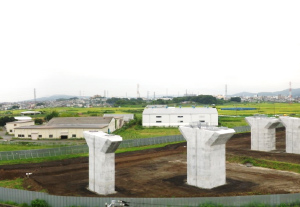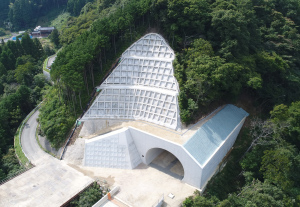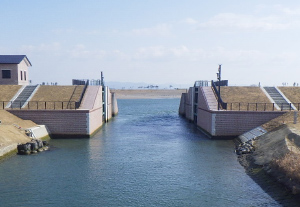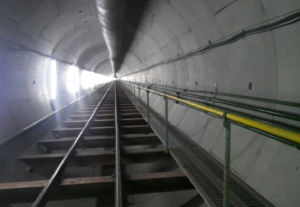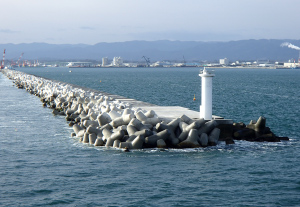- Project Stories
- Coastline
Building Resistant Embankments to Protect Town from Tsunamis
Restoration of coastal breakwater at Arahama fishing port
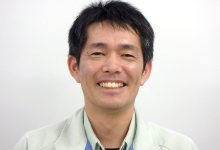
Project Responsibility
Construction Department, Civil Engineering Business Division
Joined 1997
Keiji Uetani
“Restoration work after the Great East Japan Earthquake was intense, and we struggled to obtain materials (concrete, stone, gravel), equipment (especially dump trucks) and personnel, as well as working space.”
Building Embankments Resistant to High Tsunami Waves
The coastline around Arahama fishing port was severely damaged by the tsunami that followed the Great East Japan Earthquake, and 4 restoration jobs were done on coastal protection facilities. These jobs were to restore the damaged offshore and sloping embankments, and 3.2ton Tetrapods were used for the offshore embankment. X-Block F and Crabrock D blocks developed by Fudo Tetra were used on the slope of the sloping embankments to build a highly resistant structure so that the whole embankment would not be destroyed by any future tsunami.
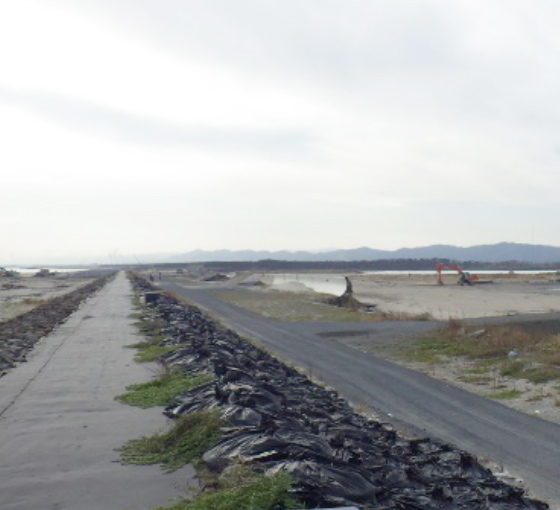
- SCENE
- 01
Implementation Plan Based on Repeated Modification
This job was commissioned immediately after the tsunami and the plan contained many undecided factors, so the work could not start as expected. After repeated negotiations with the client and the Watari town government a reviewed position and cross section of the embankments was decided on and an implementation plan was drawn up.
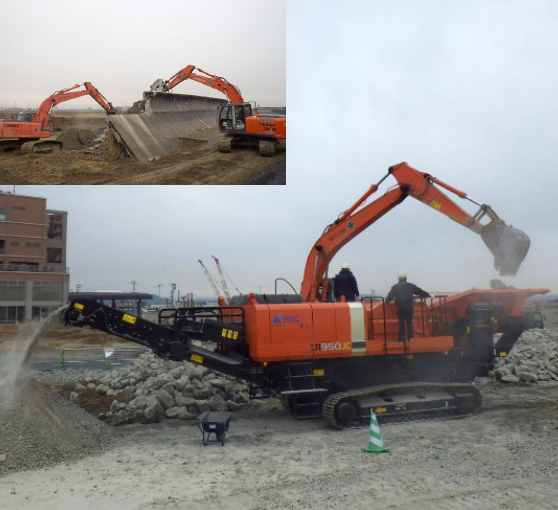
- SCENE
- 02
Work Stymied by Intensive Restoration Works in the Region
The work started with the clearance and removal of the remains of the old breakwater scattered all round the project area. However, the job was beset with problems: the concrete rubble generated by breaking up the old breakwater could not be disposed of at the overburdened interim disposal facility, and it was difficult to procure gravel needed for the work. To resolve the situation we brought in a mobile crushing machine and made gravel material out of the concrete rubble, which was used to press ahead with the work.
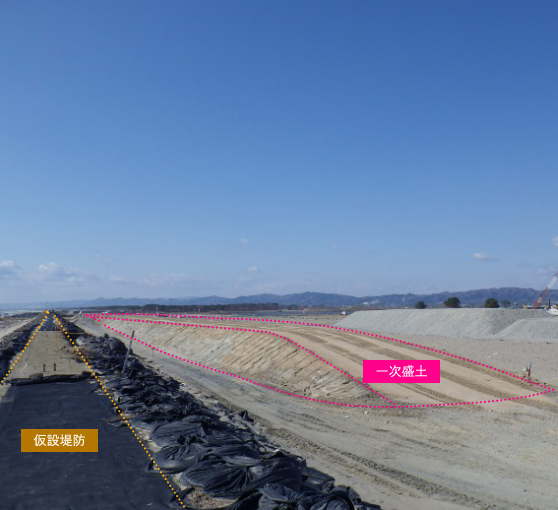
- SCENE
- 03
Procedure Changed in Line with Feelings of Local People
Working space was limited so we wanted to secure some space by prioritizing removal of the temporary breakwater constructed after the tsunami. But local people requested that the temporary breakwater not be removed all at once because of anxiety that would be caused by the sight of the ocean. So the earth mound of the new embankment was first built to the same height as the temporary breakwater, before the latter was removed.
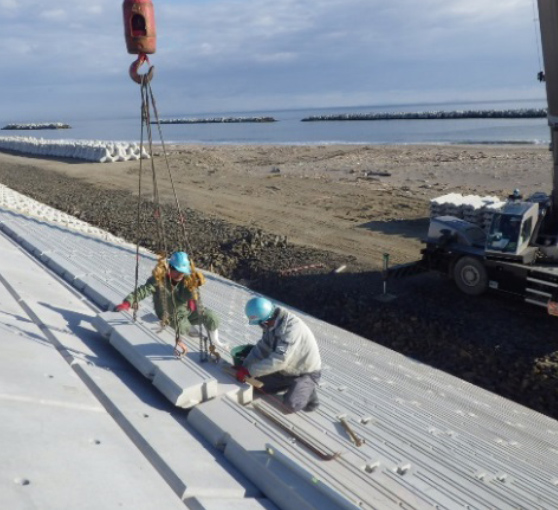
- SCENE
- 04
Use of Secondary Products Compensated for Lack of Fresh Concrete
There were 3 suppliers of fresh concrete close to the site but procuring it was difficult due to the pressure on demand. The quantity that could be ordered per day was limited, and orders had to be submitted far in advance. So it was expected that concrete work scheduling would be the key to keeping the work on track. As a result, for the surface of slope foundations, bulk heads, steps and crowns, we switched to installing factory-made secondary products instead of using fresh concrete on site, and this avoided extending the schedule.
GALLERY
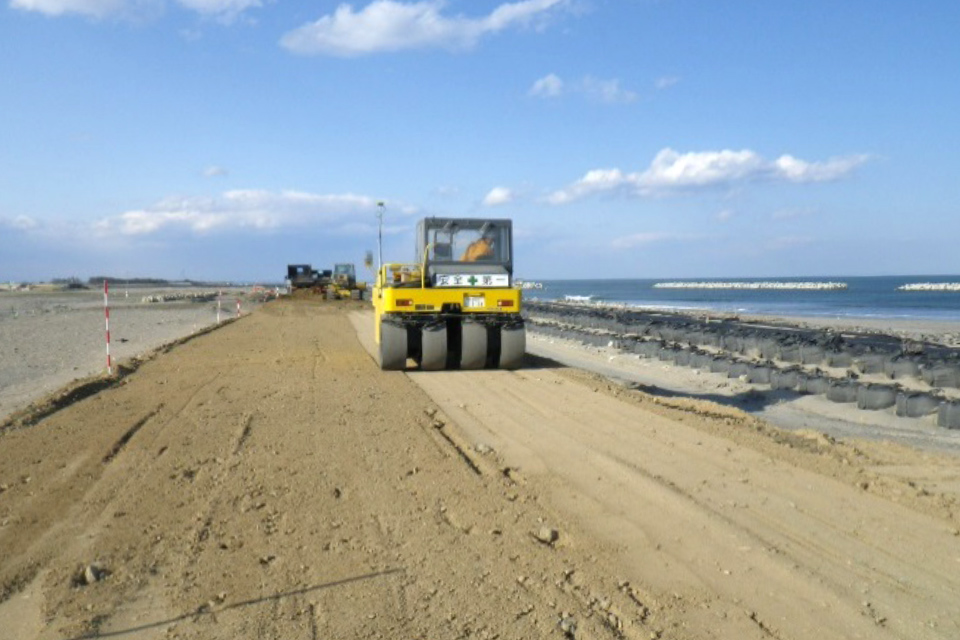
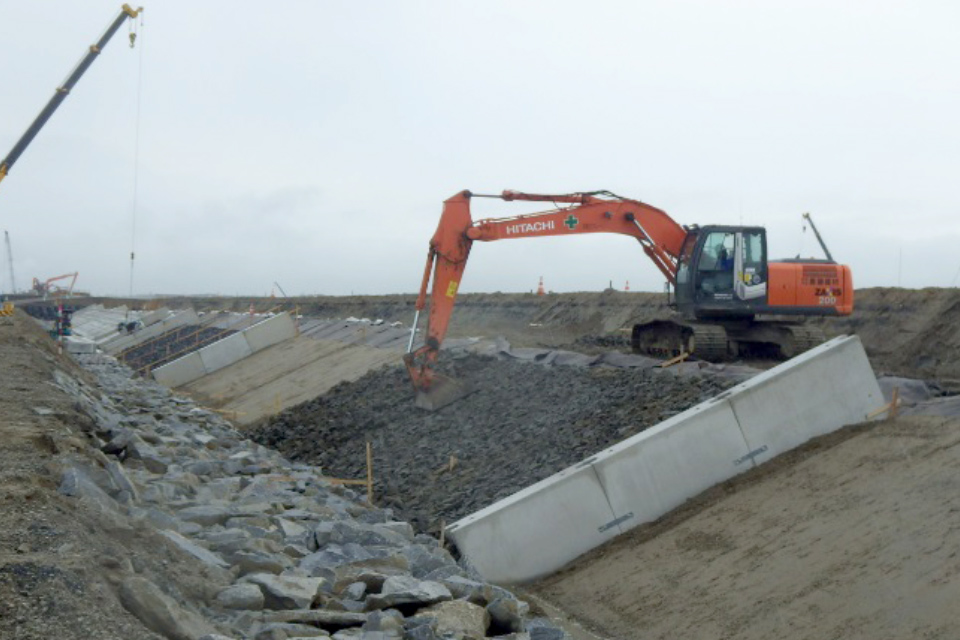
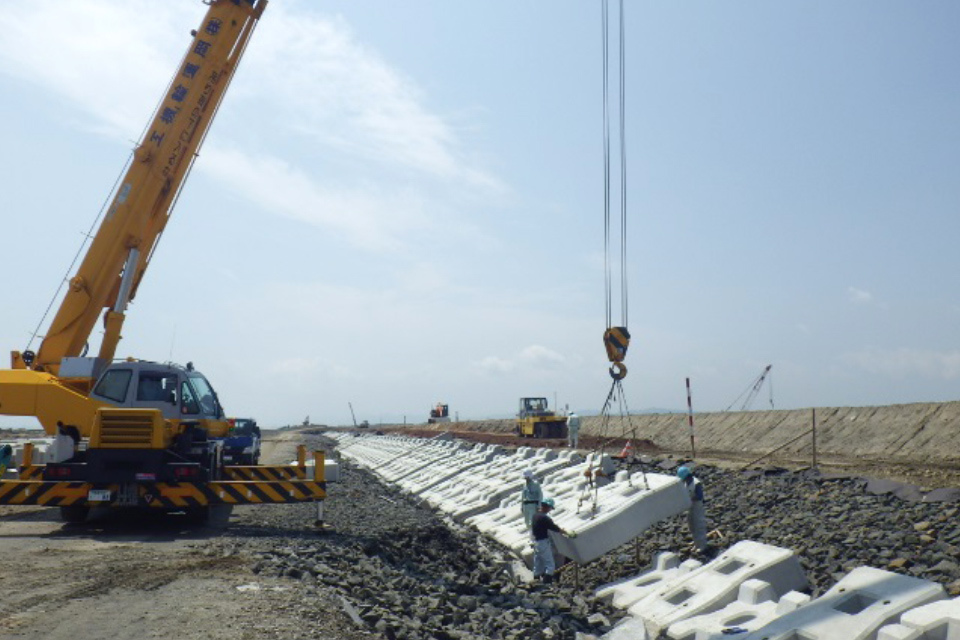
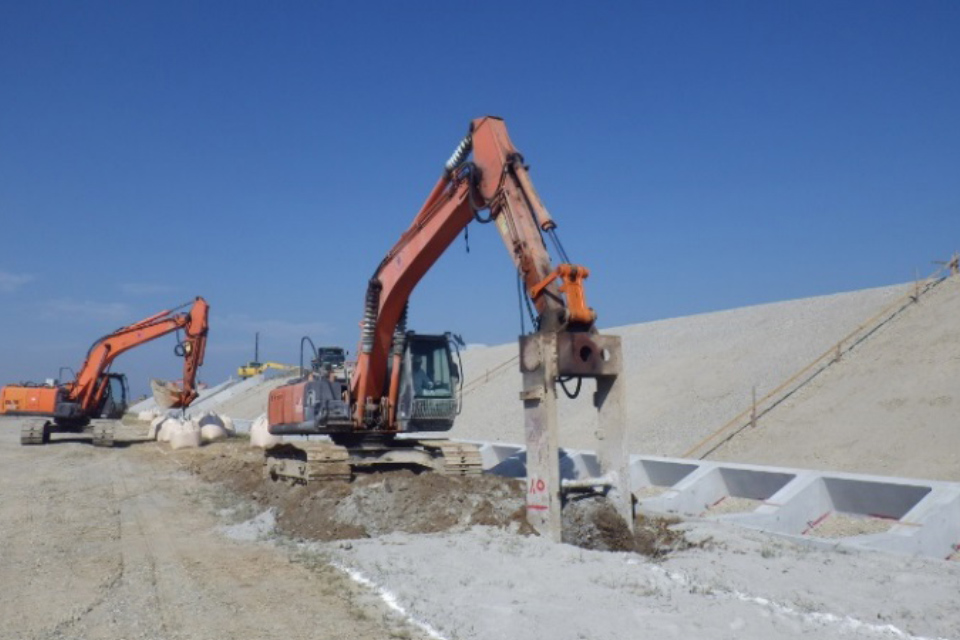
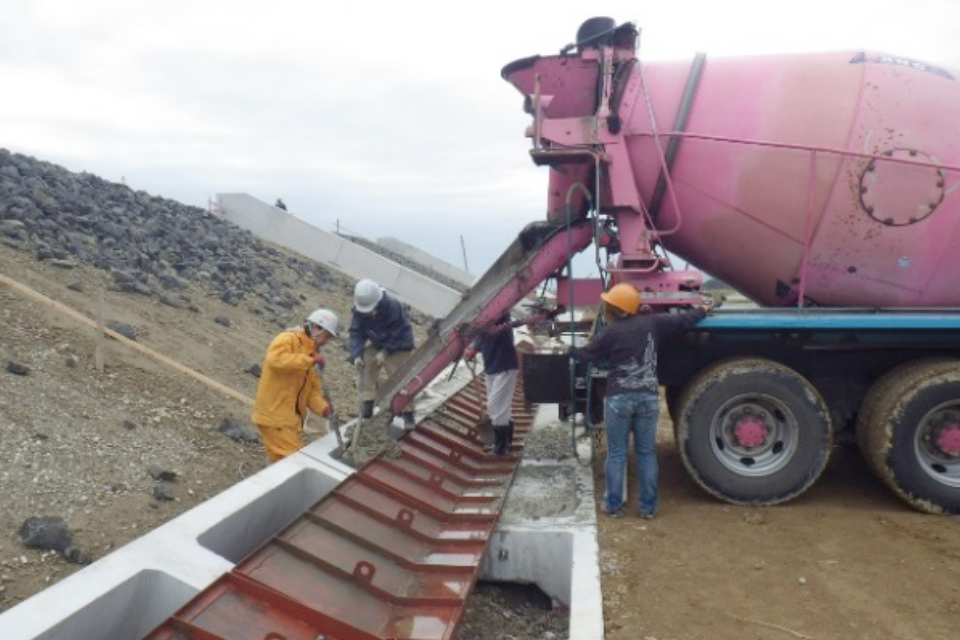
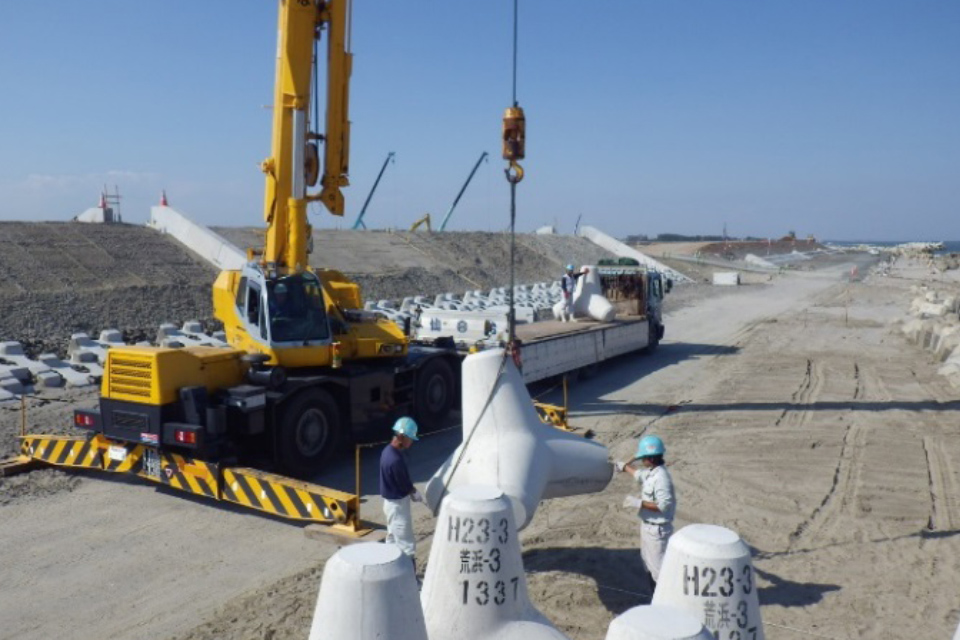
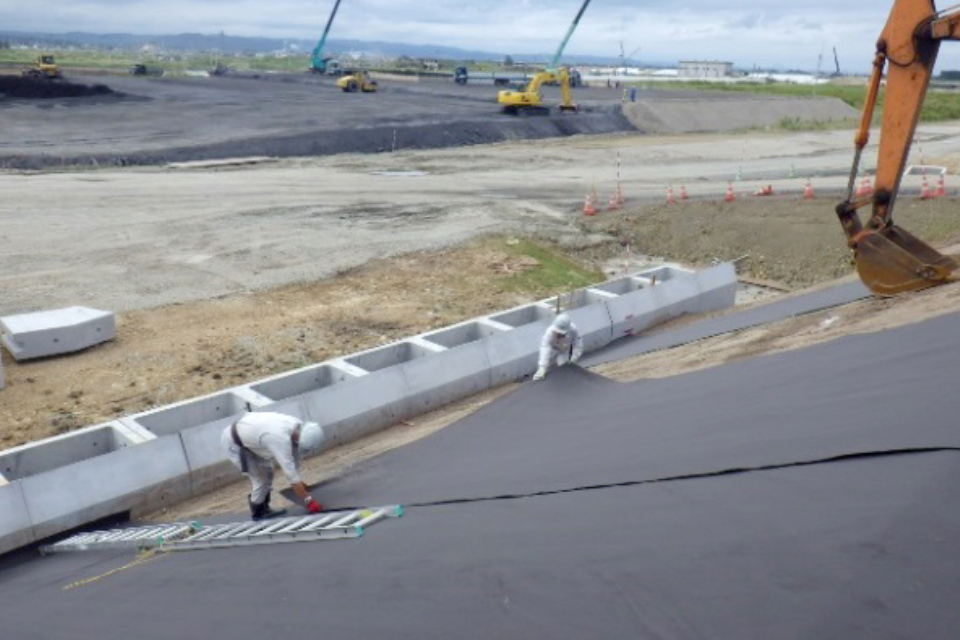
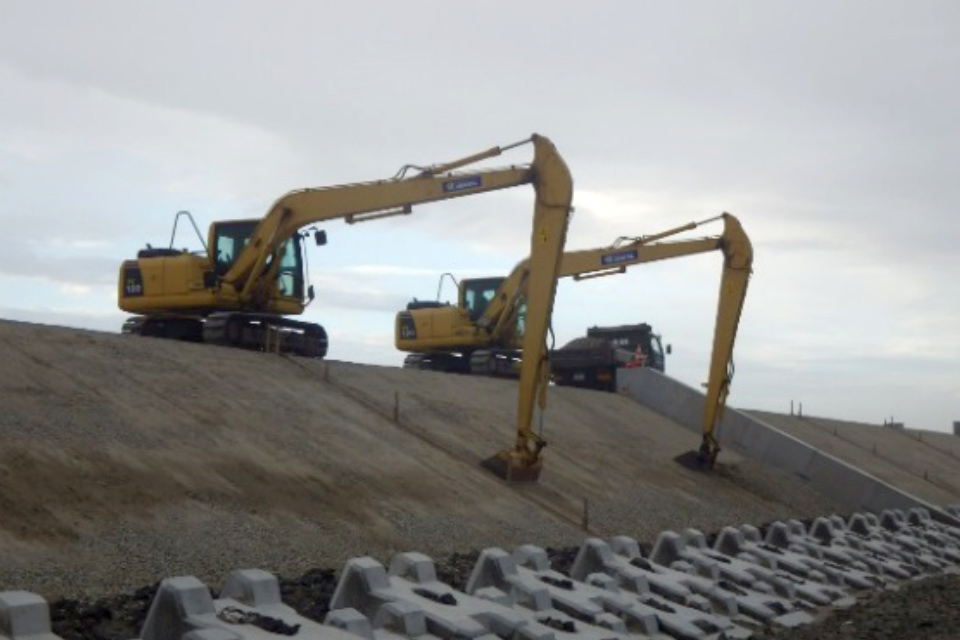
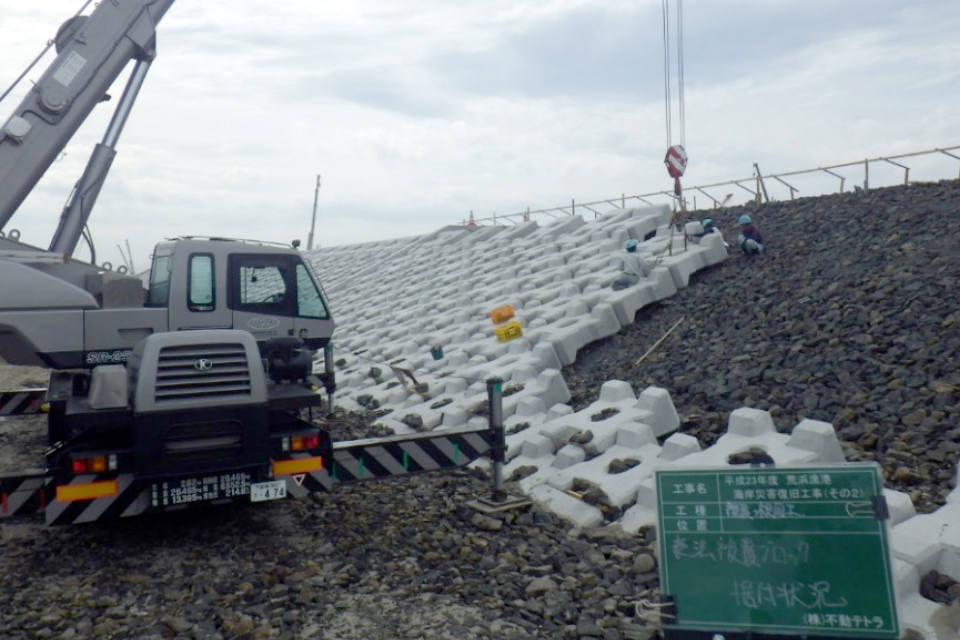
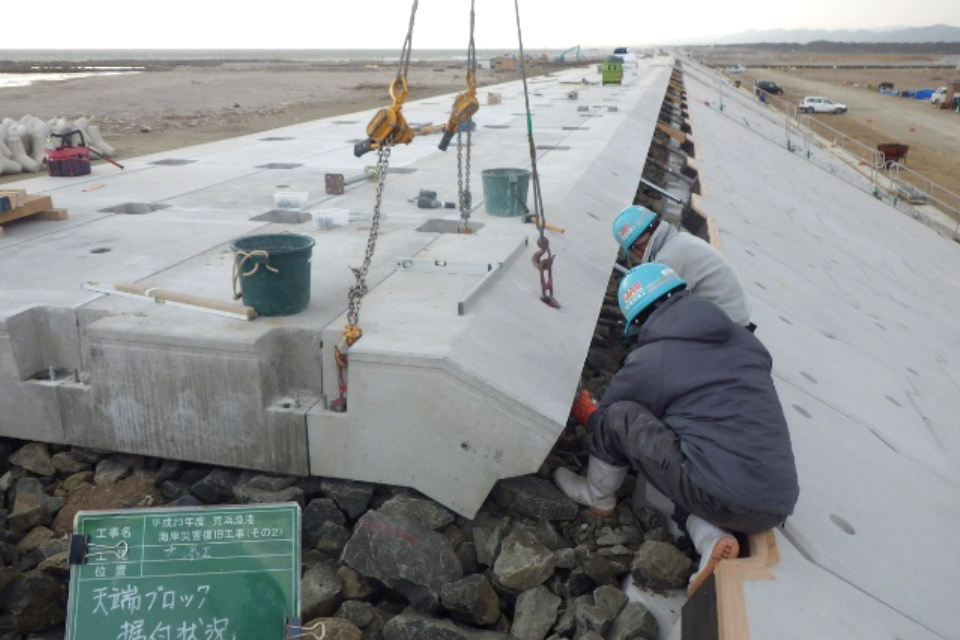
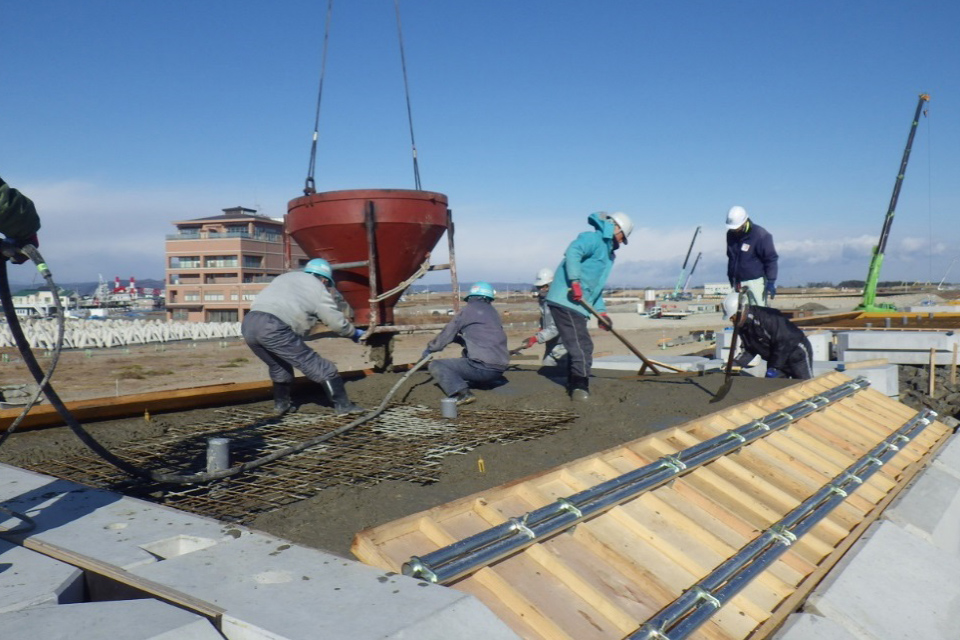
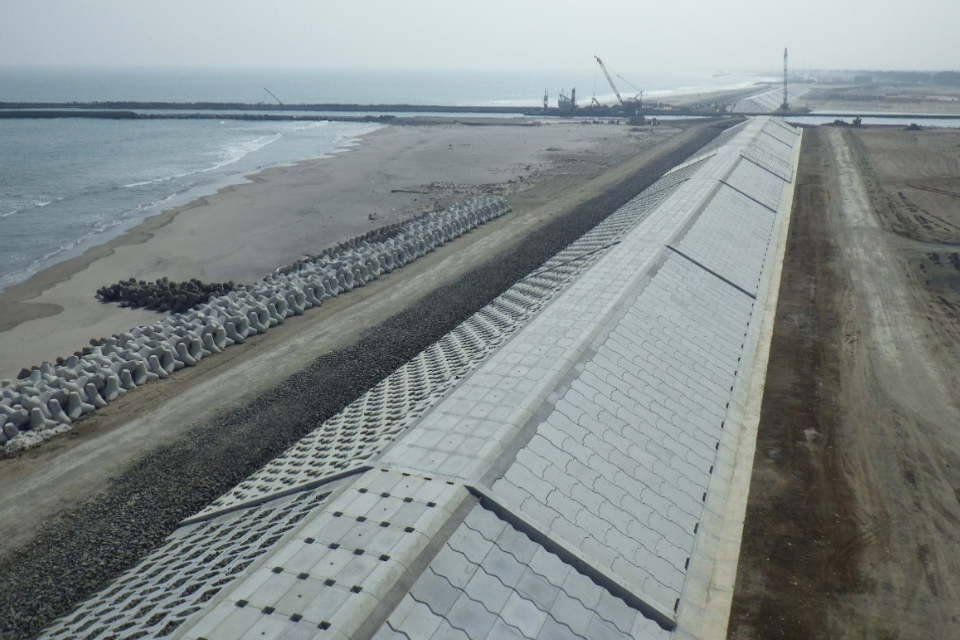
| Client: | Fisheries Agency, Fishing Port and Fishing Ground Maintenance Department |
|---|---|
| Completed: | 2014 |
| Location: | Watari Town, Miyagi Prefecture |
| Work Outline: |
Restoration of Arahama shoreline damaged by the tsunami following the Great East Japan Earthquake 2011 Arahama port shoreline restoration (stage 2) length 290.5m 2011 Arahama port shoreline restoration (stage 3) length 210m 2012 Arahama port breakwater (north section) restoration length 355m 2013 Arahama port breakwater restoration length 252.2m Main works: Foundation riprap work; crown cladding; rear slope foundations; partition walls; front slope cladding; rear slope cladding; ground improvement; excavation; removal of structures; temporary installations |
Other Project Stories
Technologies & Solutions
READ MOREAchievements
READ MORE

